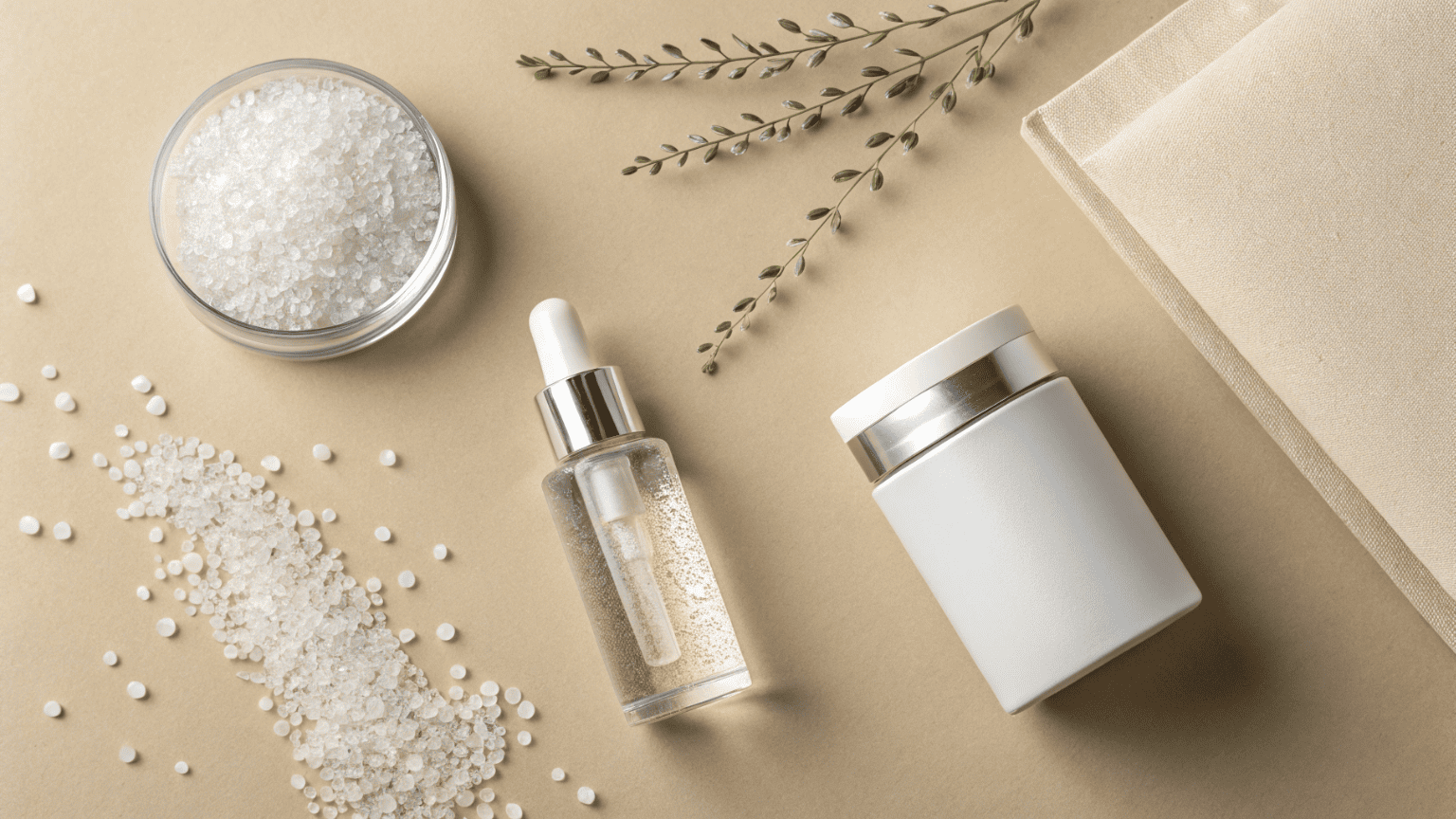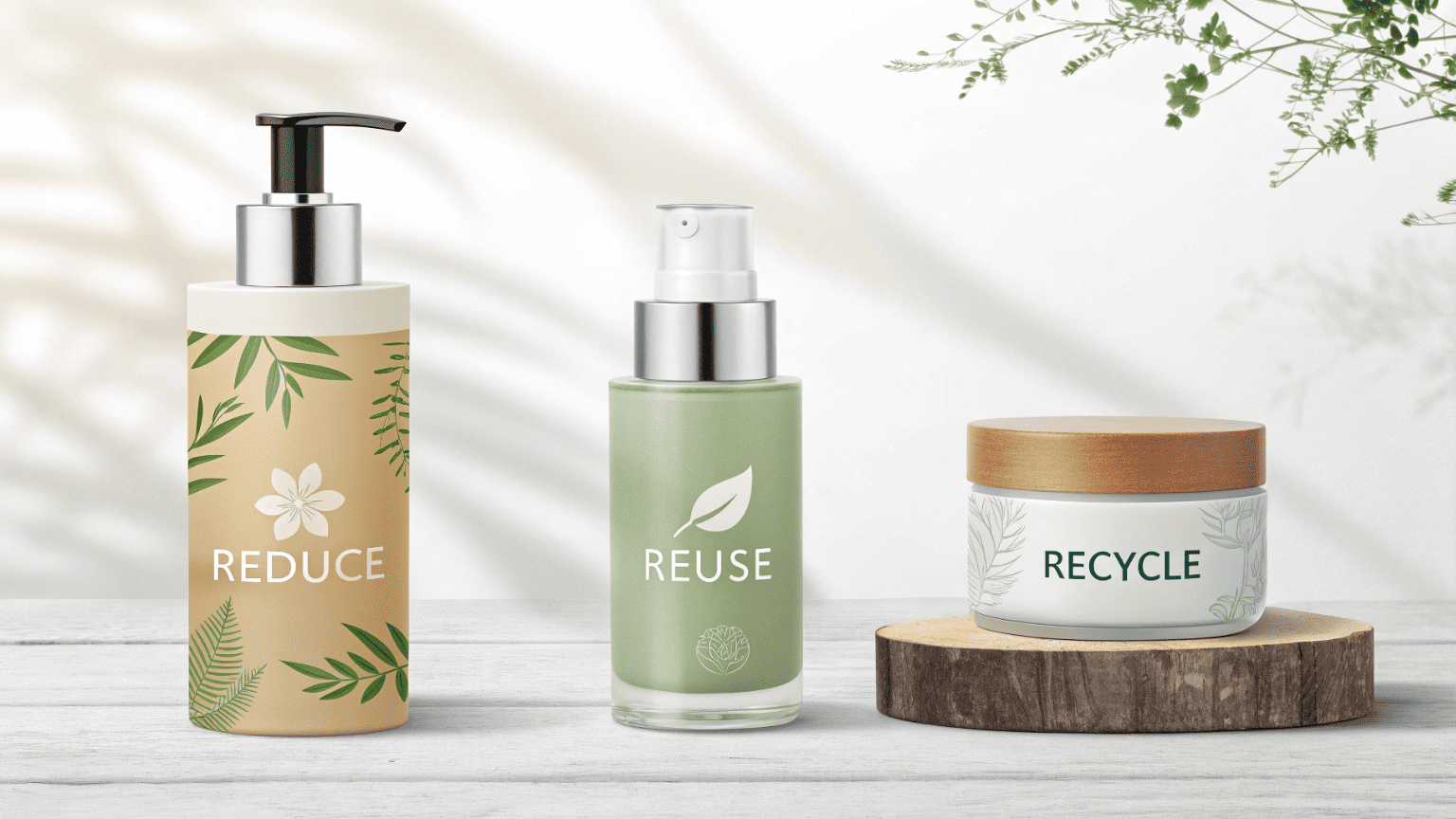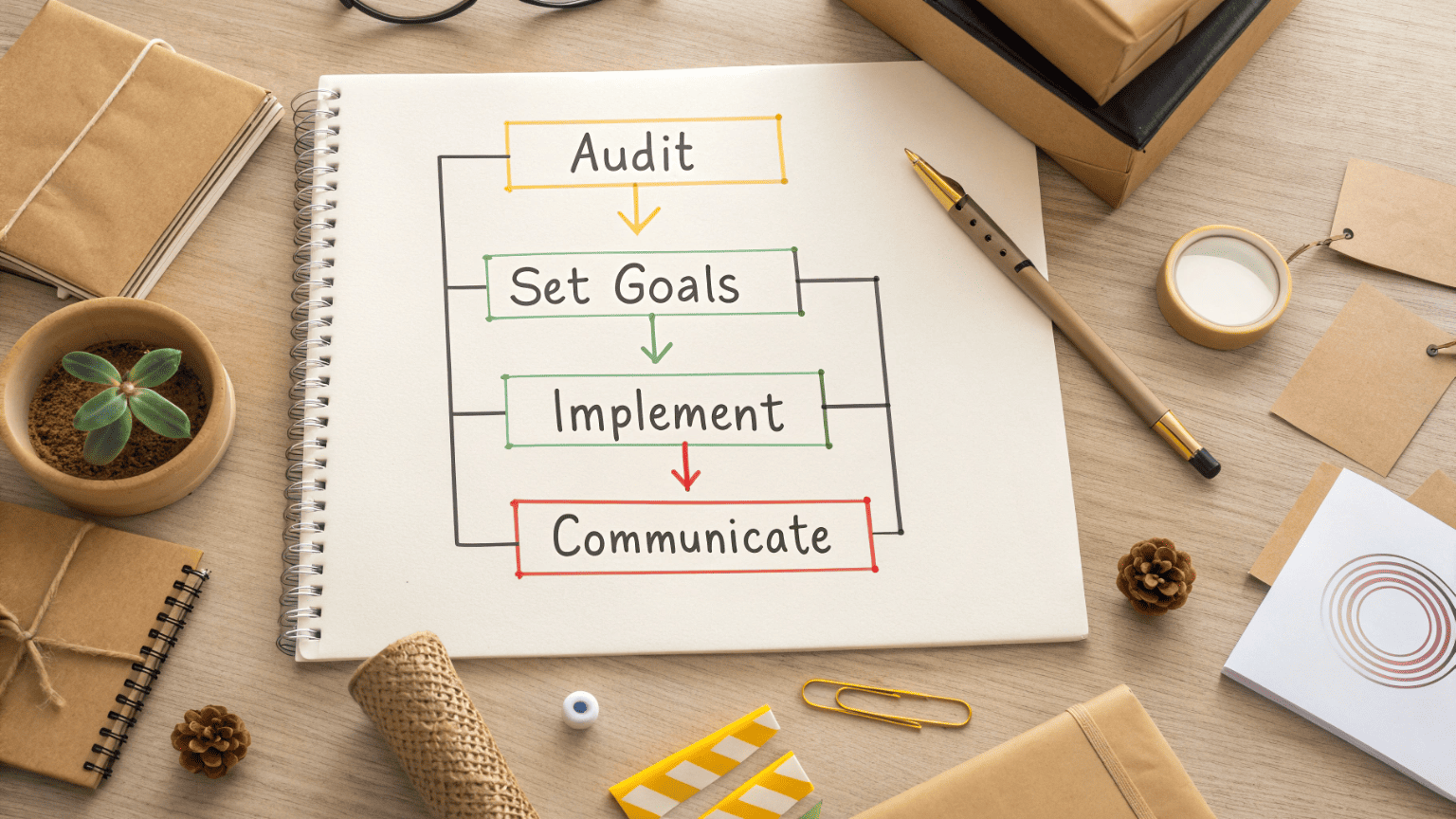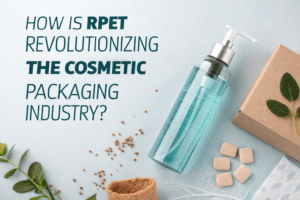
How Do You Create a Truly Sustainable Cosmetic Packaging Strategy?
November 4, 2025 • Mike Lee
You feel the pressure to make your packaging sustainable, but every choice seems complex. Switching to one "eco-friendly" material for a single product feels disconnected and might even be accused of greenwashing.
A truly sustainable packaging strategy is built on two core principles: unity and continuity. This means applying a consistent sustainable approach across your entire product line and committing to it as a long-term, evolving brand standard.

Your insight about unity and continuity is the most valuable lesson we've learned. So many brands come to us wanting to launch a single "green" product. I always tell them the story of a skincare company that wanted to put their new serum in a glass bottle to be sustainable, while their best-selling cleanser remained in virgin plastic. We advised them that this sends a confusing message. Instead, we developed a three-year roadmap to transition their entire line to 30% PCR plastic. It was a less dramatic first step, but it was a unified, continuous commitment. Their customers rewarded them for the honest, long-term plan, not for a single grand gesture.
What sustainable materials should you actually consider?
You're exploring sustainable materials, but the list is long and confusing. PCR, bio-plastics, glass, aluminum—you're not sure which is a real solution and which is just a trend.
You should consider materials that you can source reliably for your entire product line. The best choices today are typically Post-Consumer Recycled (PCR) plastics, glass, and mono-material packaging, as they offer the best balance of performance and availability.

The "best" material is the one that aligns with your brand's function, budget, and, most importantly, your commitment to continuity. A material is only sustainable if you can consistently get it and use it across your brand.
| Material Option | Key Benefit | The Continuity Check |
|---|---|---|
| PCR Plastic (PET, PE, PP) | Reduces reliance on virgin plastic and supports the circular economy. It's lightweight and versatile. | Can you secure a stable, long-term supply of the quality and percentage of PCR you need? Supply can fluctuate, so a good partner is key. |
| Glass | Infinitely recyclable and has a premium feel. It's excellent for product stability. | Is the heavier weight and increased shipping impact a sustainable trade-off for your brand? Is this a unified choice you can make for most products? |
| Mono-Material Packaging | Using the same material for the bottle, cap, and pump (e.g., all PP) makes the entire unit easily recyclable. | Does this limit any functional needs? This is a design-led choice that requires planning across the entire line to ensure a consistent user experience. |
Choosing a material is the first step in a long-term commitment. It's better to implement a 30% PCR strategy across ten products than a 100% PCR strategy for one product that you can't keep in stock.
How does smart design make packaging more sustainable?
You think sustainability is all about the material. But even with the right material, you worry that your packaging design itself might still be wasteful or difficult to recycle.
Smart design makes packaging sustainable by focusing on the "3 R's": Reduce (using less material), Reuse (creating refillable systems), and Recycle (designing for easy sorting). Design choices are as impactful as material choices.

This is where your commitment to sustainability gets real. A great design can amplify the benefit of a sustainable material or, conversely, a bad design can ruin it. A beautiful glass bottle with a non-recyclable, mixed-material pump and a glued-on label often ends up in a landfill.
Here’s how we approach sustainable design with unity and continuity in mind:
- Reduce (Light-weighting): We analyze designs to see where we can safely remove material without compromising protection. Reducing the weight of a bottle by just a few grams, when multiplied by a million units, saves tons of plastic and reduces shipping emissions. This is a continuous improvement process.
- Reuse (Refillable Systems): This is a fantastic way to build customer loyalty. We design a durable, beautiful outer package and a simple, lightweight inner pod that can be replaced. This requires a unified system across compatible products.
- Recycle (Designing for Recyclability): This is the most critical and often overlooked step. We design to make recycling easy. This means avoiding mixed materials (like metal springs in plastic pumps), using compatible labels and inks, and ensuring components can be separated easily by the consumer.
What are the best practices for implementing an eco-friendly strategy?
You're ready to commit to sustainability. You need a clear, actionable plan to ensure your efforts are genuine, consistent, and communicated effectively to your customers.
The best practice is to create a unified roadmap. This involves auditing your current packaging, setting realistic multi-year goals, securing your supply chain, and communicating your journey transparently—focusing on progress, not perfection.

This is where unity and continuity come together into a powerful business strategy. A scattered approach feels inauthentic. A roadmap, however, builds trust and brand value.
A Simple Roadmap for Sustainable Implementation:
- Audit & Unify: Look at your entire product portfolio. Where is your biggest use of virgin plastic? Where are your most complex, non-recyclable components? Identify the biggest problems to get the biggest wins. Create a unified standard you want to achieve.
- Set Phased Goals (Continuity): Don't try to do everything at once. Set realistic goals. For example:
- Year 1: Transition all bottles to be easily recyclable mono-material designs.
- Year 2: Introduce a minimum of 30% PCR content into your top 5 best-selling products.
- Year 3: Launch your first refillable product system.
- Secure Your Partnership: Work with a packaging partner who understands these goals and can help you secure a continuous supply of the necessary materials.
- Communicate Transparently: Tell your customers what you are doing. Share your roadmap. Be honest about the challenges. Customers appreciate brands that are on a journey of continuous improvement.
This strategic approach turns sustainability from a cost center into a powerful story that defines your brand.
Conclusion
A truly sustainable packaging strategy is not about a single product or material. It's about a unified commitment and a continuous journey of improvement across your entire brand.
Written by
Mike Lee
You may also be interested in:

How Can Smart Packaging Choices Reduce Your Carbon Footprint?
You're committed to making your brand more environmentally friendly, but the term "carbon footprint" feels

How Is rPET Revolutionizing the Cosmetic Packaging Industry?
You want to make your packaging more sustainable, but you're worried about sacrificing quality. You

Is PLA the Future of Sustainable Beauty Packaging?
You're seeing "plant-based plastic" and "compostable" everywhere. You're intrigued by PLA as a way to

Compostable vs Recyclable: Which Delivers Better ROI?
You want sustainable packaging that boosts your brand, not your costs. You hear the buzz